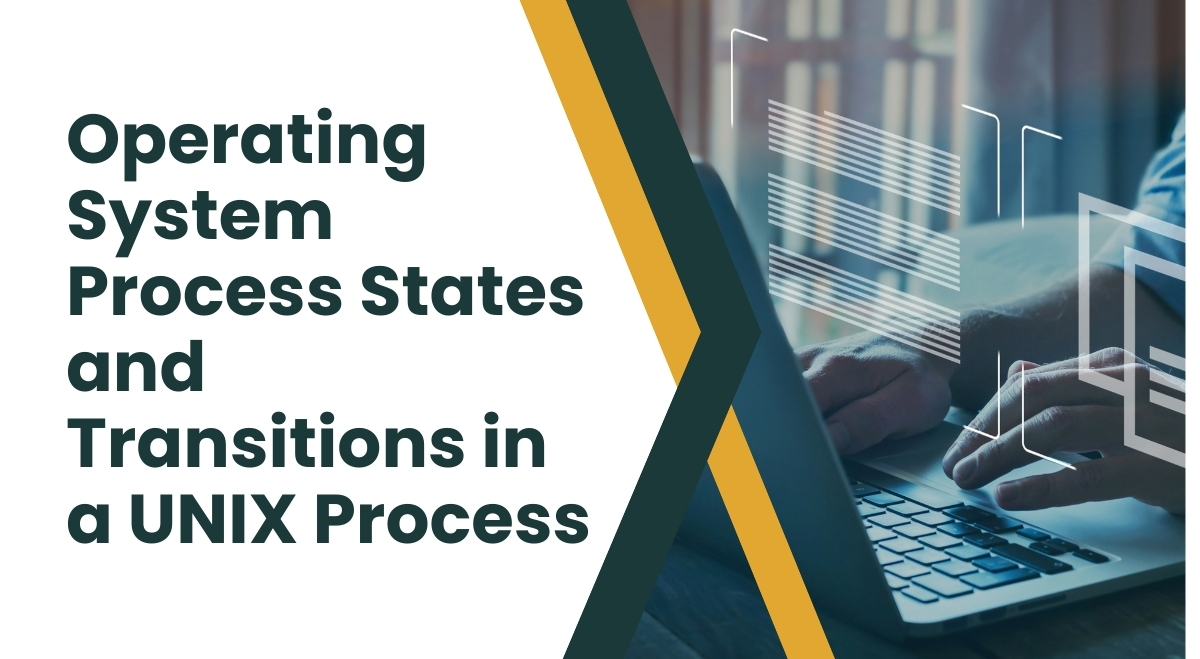CentOS 7 and later versions use predictable network interface naming conventions. Instead of eth0, eth1, etc., interfaces are named based on their physical location, like enp0s3 or ens33. To view your network interfaces, use the command: CentOS 7 and later versions use predictable network interface naming conventions. Instead of eth0, eth1, etc., interfaces are named […]










